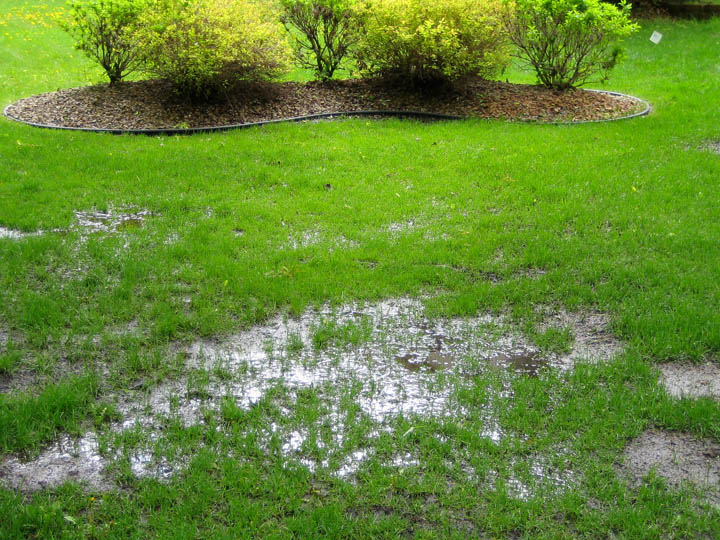How to Reduce the Impact of Floods By Using Landscaping Best Practices

Landscaping involves more than just enhancing the curb appeal of your property when you start to plant the flowers, plants, and trees that will enhance your garden beds, backyard, and home’s exterior.
By properly landscaping the perimeter of your property, you can help avoid basement flooding and water damage caused by water leaks from your yard into your house through the foundation. It’s possible for this water to enter your property accidentally, such as if an above-ground pool belonging to a neighbor bursts and floods your yard.
Spring and summer are wonderful times to safeguard your property from water damage by using flood-resistant landscaping techniques if you haven’t already. To find out if your home is more at risk, look up your address on the Ohio flood map. To safeguard your home, use these landscaping strategies for flood prevention.
1. Level a yard that slopes
The earth should constantly slope away from your property in all directions to prevent incoming water. Find your home’s high and low points, then use extra dirt to slope the yard away from it. This will prevent flooding in your home by allowing rain and melting snow to flow away from your house and basement. Work with a pro to prevent the grading process from having a detrimental impact on vents, basement windows, pipelines, drains, and other areas.
2. Choose local plants that prevent flooding in your yard
Indigenous plants can help to prevent soil erosion while also allowing rainwater to drain more efficiently. Plants native to Ohio can help prevent erosion and reduce flooding in your home. These can often be found at local plant nurseries. To avoid overflowing your lawn and evenly watering each part, make sure you have a decent garden hose to cover every part of your garden.
3. Mulch Your Lawn
Mulching your garden helps stop water from running into your house. Add a few inches of mulch to garden areas that have been leveled away from your home. This will aid in retaining soil and capturing rainwater. If mulching close to your house, keep the mulch at least six inches away from the siding to prevent moisture wicking and exterior damage.
4. Plant a New Grass
New grass planting can lessen the effects of floods. The grass’s root system can aid in water absorption. It’s crucial to do your homework on the best grass to use in the Cleveland, Ohio area. Avoid cutting your lawn too short after it has taken root because this weakens the roots and may cause flooding in your yard and possibly your house.
5. Get educated about what to grow in a rain garden
The ideal method for reducing erosion and enhancing water quality is to use rain gardens. They gather runoff from your gutters and downspouts as well as rains, directing it away from your home. They are frequently built in small, planted depressions, which aid in the ground’s natural absorption of rainwater.
6. Create drainage zones next to driveways
Paved driveways can quickly cause rainfall runoff, which raises the risk of flooding your property. Gravel or paver driveway installations are two possibilities. Consider installing drainage next to your driveway using pavers, channel drains, or other landscaping-based techniques for something less expensive.
7. Discover how to set up a rain barrel
Rain barrels are an excellent technique to divert rainfall and keep your home from flooding. They are positioned at the bottom of the downspouts to collect the water. Additionally, rain barrels offer an environmentally beneficial alternative to irrigate your lawn and gardens when they need it. They lessen the amount of pollution that enters lakes and other natural waterways.
8. Be familiar with sump pump testing
By moving water out of your basement and away from your home, a properly maintained sump pump will make sure that your basement stays dry. The use of a sump pump can make the difference between effective water flow and expensive water damage. It’s crucial to inspect your sump pump to make sure everything is operating as it should. If you don’t already have one, you should consider whether having one is the best option for you.
Once you’ve finished the aforementioned checklist, make sure to perform routine maintenance at the start of each new season. Your landscaping may naturally change as a result of excessive rain, snowfall, or even droughts. To keep your property safe from needless water damage, be aware of where groundwater and rains collect.